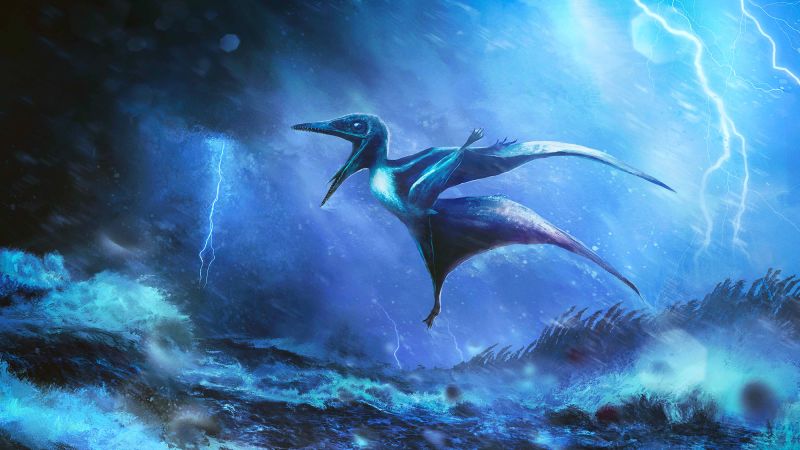A recent study published in Current Biology discusses two baby pterosaurs, named Lucky and Lucky II, that likely died during a violent storm around 150 million years ago in a lagoon in southern Germany. These specimens are notable for their well-preserved skeletons, measuring approximately 8 inches in wingspan, found in Solnhofen limestone, a site known for a rich fossil record.
The pterosaurs appear to have suffered injuries, particularly to their arm bones, suggesting they were caught in strong winds and subsequently drowned in the lagoon. Their preservation may have ironically been aided by the same storms that caused their demise. This research provides insights into how pterosaurs interacted with their environment during the Jurassic period and helps explain the scarcity of adult pterosaur fossils from this time in the region.
Researchers utilized ultraviolet fluorescent photography to analyze the fossils, revealing details about soft tissue and bone structure. They hypothesize that young pterosaurs lived on nearby islands before being swept into the lagoon by the storm. The findings challenge previous assumptions about pterosaur life in this area and offer a glimpse into their growth, anatomy, and flight capabilities while emphasizing that each fossil represents a tragic moment in the creatures’ history.


